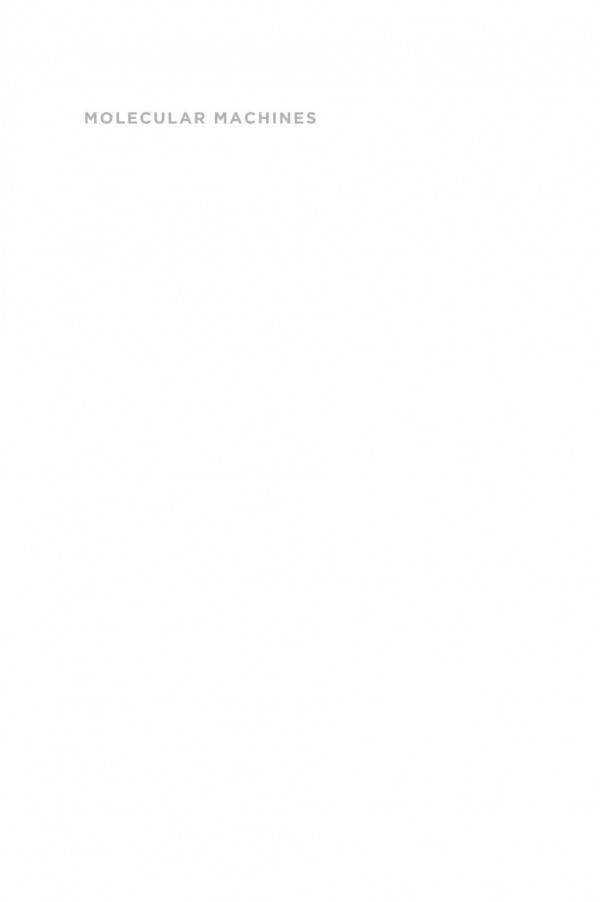

Most ebook files are in PDF format, so you can easily read them using various software such as Foxit Reader or directly on the Google Chrome browser.
Some ebook files are released by publishers in other formats such as .awz, .mobi, .epub, .fb2, etc. You may need to install specific software to read these formats on mobile/PC, such as Calibre.
Please read the tutorial at this link: https://ebookbell.com/faq
We offer FREE conversion to the popular formats you request; however, this may take some time. Therefore, right after payment, please email us, and we will try to provide the service as quickly as possible.
For some exceptional file formats or broken links (if any), please refrain from opening any disputes. Instead, email us first, and we will try to assist within a maximum of 6 hours.
EbookBell Team

5.0
48 reviewsMolecular Machines presents a dynamic new approach to the physics of enzymes and DNA from the perspective of materials science. Unified around the concept of molecular deformability—how proteins and DNA stretch, fold, and change shape—this book describes the complex molecules of life from the innovative perspective of materials properties and dynamics, in contrast to structural or purely chemical approaches.
It covers a wealth of topics, including nonlinear deformability of enzymes and DNA; the chemo-dynamic cycle of enzymes; supra-molecular constructions with internal stress; nano-rheology and viscoelasticity; and chemical kinetics, Brownian motion, and barrier crossing. Essential reading for researchers in materials science, engineering, and nanotechnology, the book also describes the landmark experiments that have established the materials properties and energy landscape of large biological molecules.
Molecular Machines is also ideal for the classroom. It gives graduate students a working knowledge of model building in statistical mechanics, making it an essential resource for tomorrow's experimentalists in this cutting-edge field. In addition, mathematical methods are introduced in the bio-molecular context—for example, DNA conformational transitions are used to illustrate the transfer matrix formalism. The result is a generalized approach to mathematical problem solving that enables students to apply their findings more broadly.
Molecular Machines represents the next leap forward in nanoscience, as researchers strive to harness proteins, enzymes, and DNA as veritable machines in medicine, technology, and beyond.